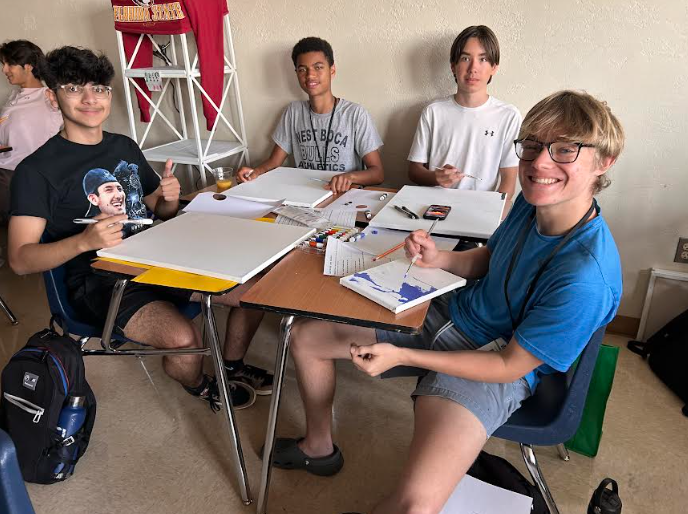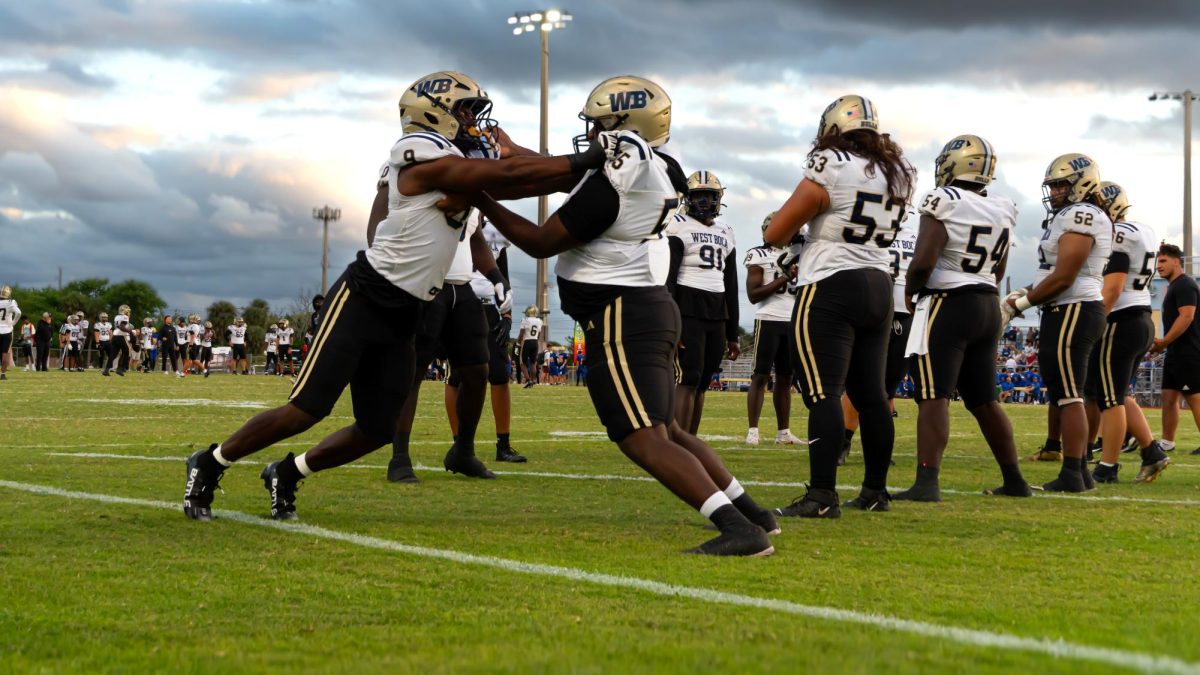If your friends jumped off a bridge, would you jump too?
October 11, 2022
We often dismiss this question, but according to psychologists, it is a question worth considering. This idea is called groupthink, which was developed in 1972 by psychologist Irving Janis to describe decisions made by an individual due to crowd pressure. The social psychologist Bernd Simon explains the dangers of giving up “I” for “we” and its consequences. He explains that when you are in a crowd, you feel “anonymous” and end up behaving as others do, even if it is against your own beliefs.
This phenomenon seems to occur when a strong leader is present, encouraging members to do something that might not correspond to their morals. Parents worry that their children will “go with the crowd” and are right in fearing so. Statistics prove that psychologists are on point, 85% of teenagers reported having done something because others were doing it, not because they actually wanted to.
With some research, this concept becomes more and more bizarre. In 1950, psychologist Solomon Asch conducted

an experiment where he showed a group of people a line segment, and then they were asked to match the corresponding line with another three options. The answer is clear, but 90% of participants changed their (correct) answer when the people around them chose another line segment.
This experiment just shows how people are more likely to conform to the group’s opinion than they would believe themselves to be. Teenagers are especially susceptible since their brains aren’t completely developed yet and they are under a lot of social pressure to “fit in.” They have a need to belong to a group, and sometimes feel that they need to conform to that group’s beliefs to be part of it.
Some ways to avoid this tragic thinking are:
- Evaluate all ideas critically. Think before you act and analyze your actions.
- To remove the idea of anonymity, discuss the idea among smaller groups. An idea that seemed great among 25 people maybe would be instantly rejected by a group of 5. Think.
- Consider an outsider’s perspective: sometimes they see things a group can’t.
Don’t jump off a bridge because everyone is doing it. Actually, don’t jump at all.















































Mrs. Jacques • Oct 19, 2022 at 2:10 pm
People are interesting creatures. Well done!